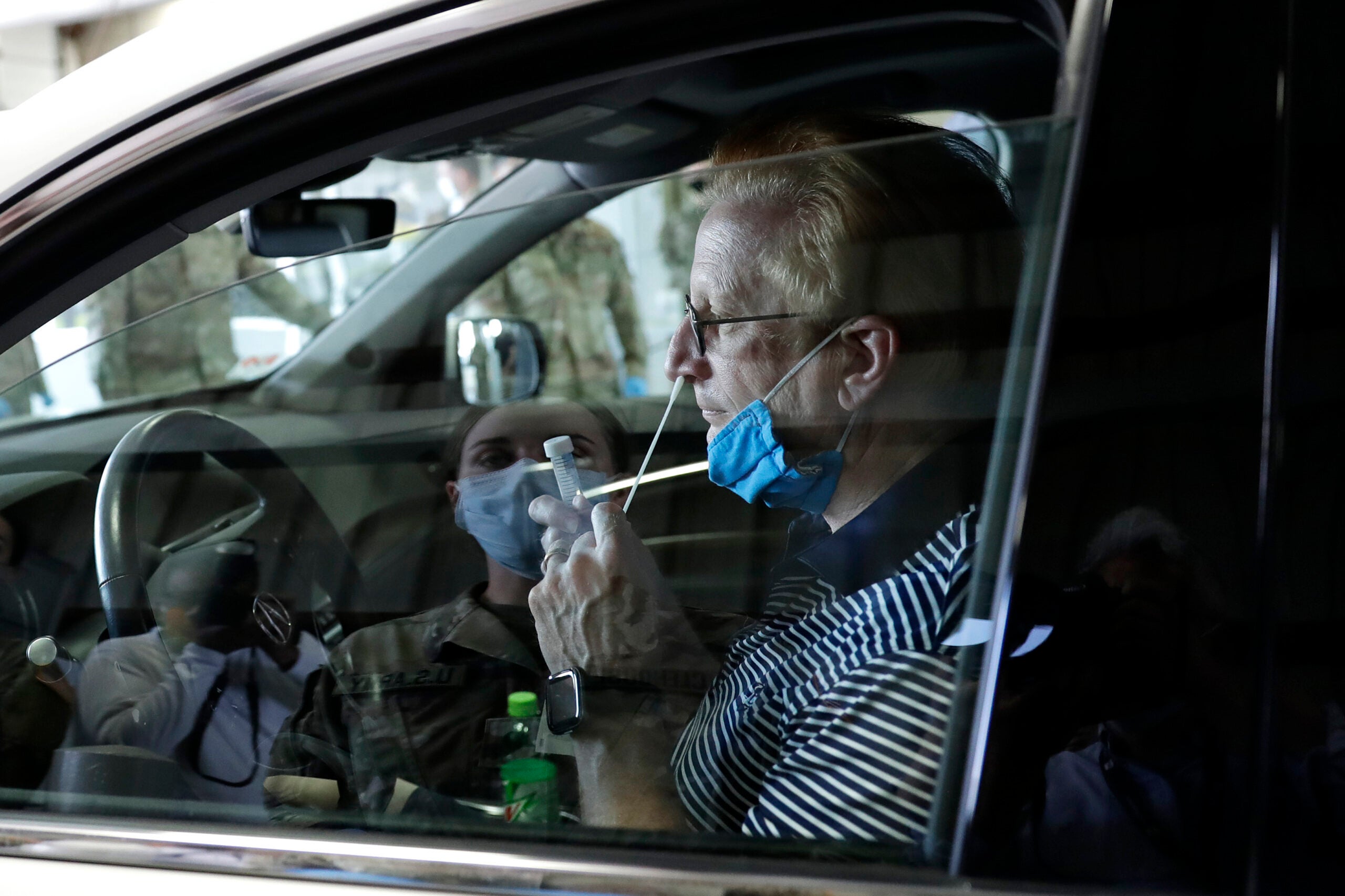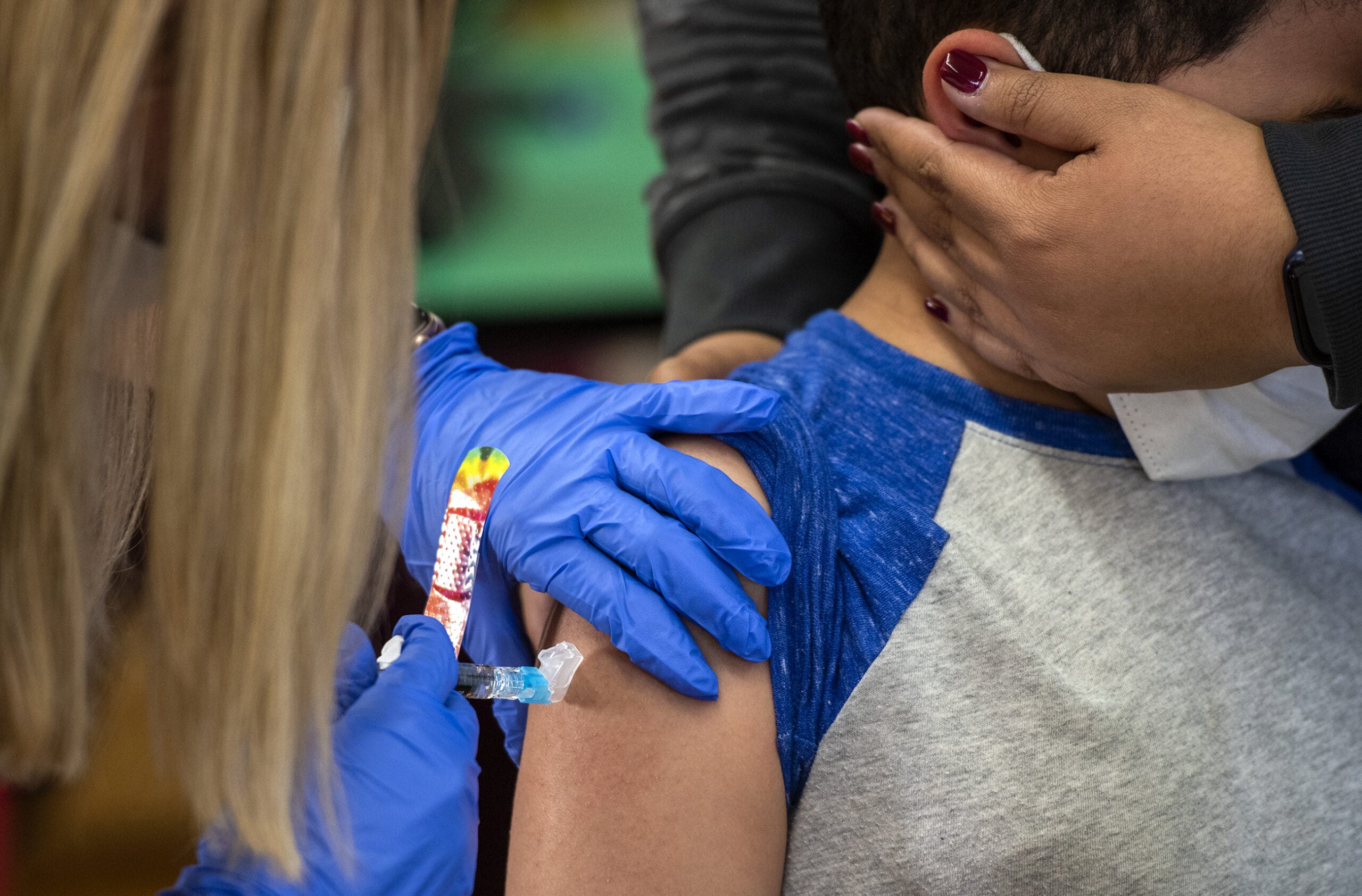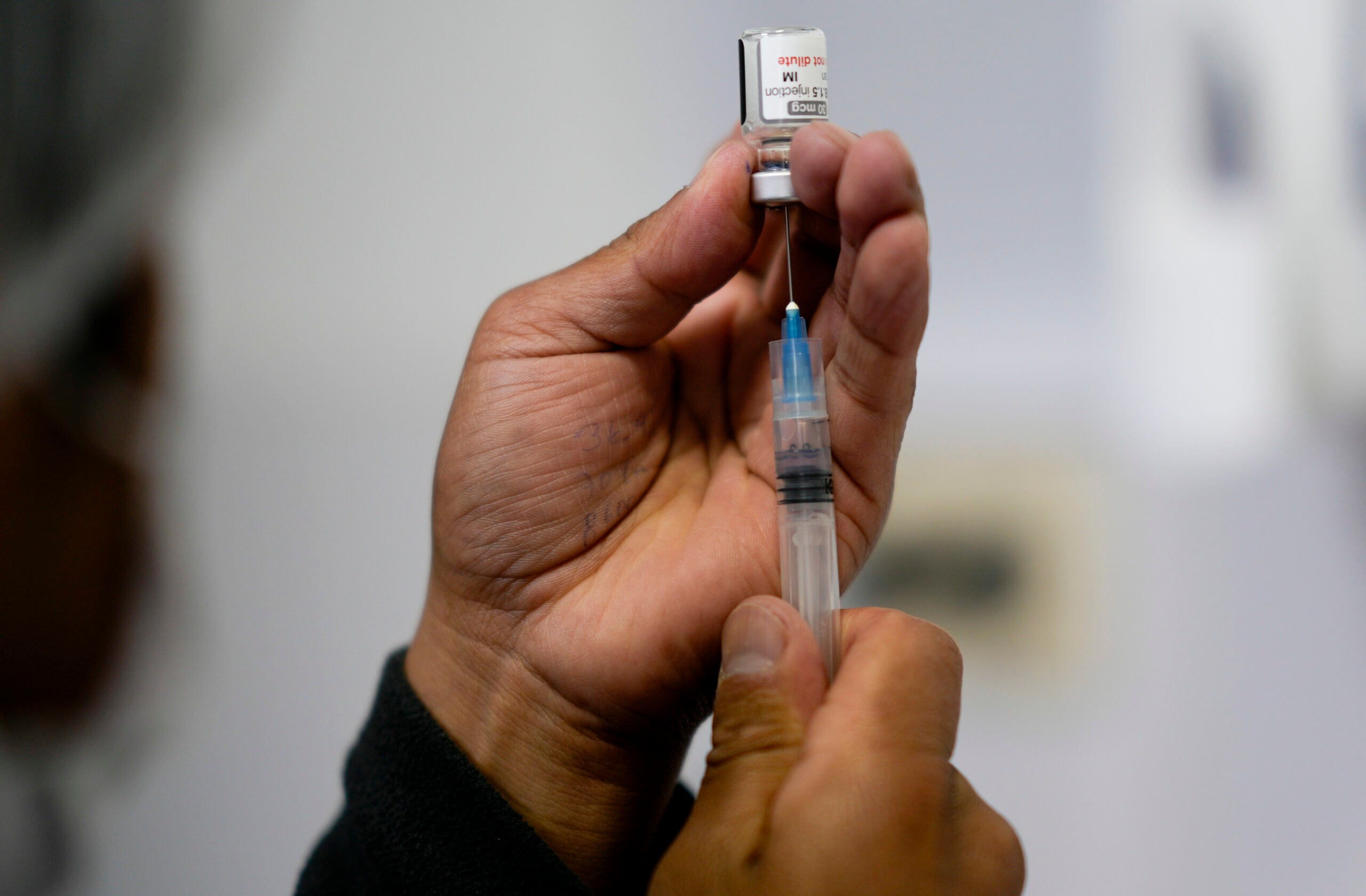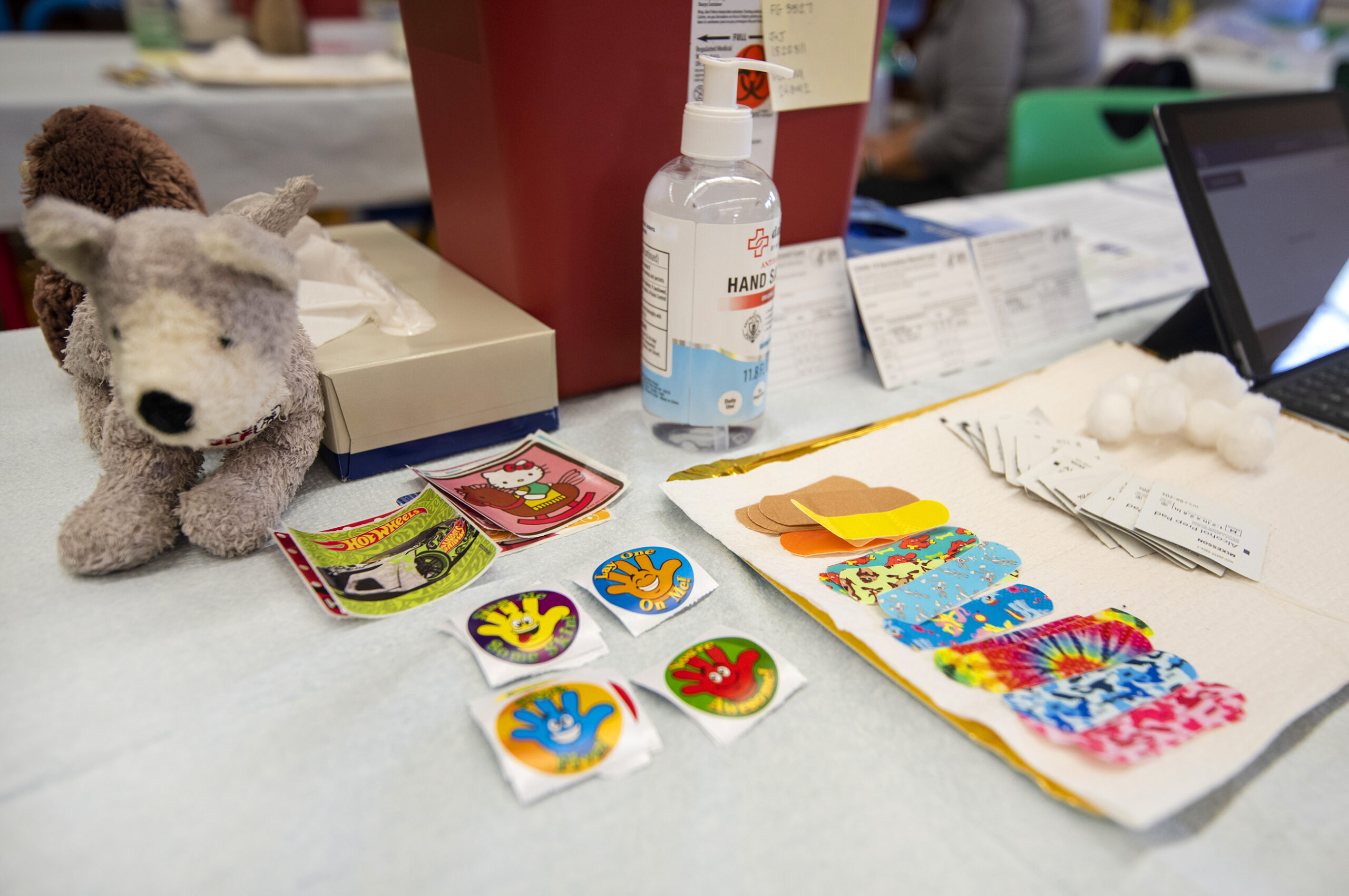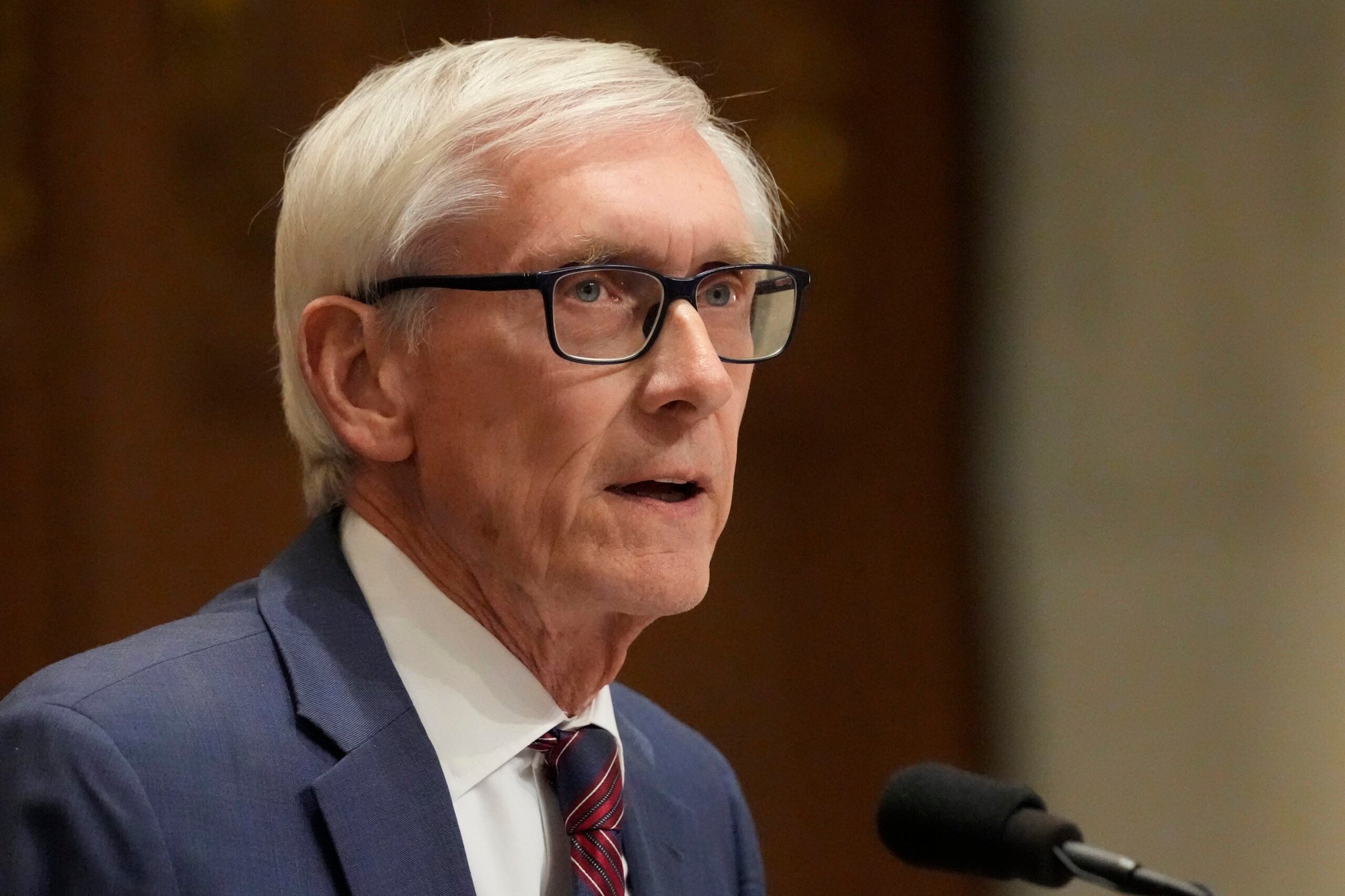As the number of positive cases of COVID-19 continues to rise, Gov. Tony Evers announced Monday that standalone or strip-mall-based retail stores can offer in-person shopping for up to five customers at a time with required social distancing practices. Drive-in theaters can also operate with some restrictions.
Emergency Order No. 36, signed by Wisconsin Department of Health Services Secretary Andrea Palm, goes into effect immediately.
“In addition to added flexibilities and steps we have already taken for businesses, this is another disciplined turn of the dial that will allow Wisconsin’s business owners to safely get back to work and Wisconsin consumers to support their favorite local spots,” said Evers said in a statement.
News with a little more humanity
WPR’s “Wisconsin Today” newsletter keeps you connected to the state you love without feeling overwhelmed. No paywall. No agenda. No corporate filter.
“Both customers and workers need to be confident in their safety, so we need everyone to be diligent in following best safety practices, so we can continue to move our state forward while keeping our neighbors, families, and communities safe and healthy.”
In a press briefing Monday, Evers said the order was geared toward “small stores” not big-box stores.
Missy Hughes, Wisconsin Economic Development Corp. secretary and CEO, said the new emergency order is a critical move to gain momentum in the economy.
“We approximately have 14,400 small retailers in this state with 20 or less employees,” Hughes said. “So given the opportunity for these businesses to re-enter into the market place brings back about 90,000 jobs as those come back online.”
WEDC created guidelines for retail stores to follow as they re-open.
“So while we have the general guidelines of continuing social distancing, hand washing, and face masks; for retail in particular, we pointed out some additional guidelines that the retailer should be considering,” Hughes said.
WEDC suggests employees wear face masks, that there should be signs telling customers where to go, and high contact areas like door handles are cleaned regularly.
Evers said all businesses must follow safety precautions and guidelines outlined in the state’s “Safer at Home” order set to expire Tuesday, May 26.
On Monday, Evers encouraged people to wear masks when in public.
Previously, the Evers administration relaxed restrictions, allowing golf courses to open and for businesses to provide deliveries, curbside pick-up and drop off, and deliveries. This order is just the latest in loosening restrictions under the stay-at-home order.
There are 10,418 positive cases of COVID-19 in Wisconsin as of Monday, according to the state Department of Health Services. That’s an increase of 199 cases from the day before.
According to health officials, 409 people in Wisconsin have died from COVID-19 as of Monday afternoon.
DHS reported 108,033 negative tests for the new coronavirus, an increase of 2,870 from Sunday to Monday.
According to DHS,1,846 people have been hospitalized because of the virus. That means at least 18 percent of people who have tested positive for the new coronavirus in the state have been hospitalized. DHS officials have said they don’t know the hospitalization history of 2,492 cases, or 24 percent.
A key metric outlined in Gov. Tony Evers’ “Badger Bounce Back” plan for reopening the state is for the percentage of positive cases to be in decline over a 14-day period. According to state data, that metric was met Monday.
Last week, DHS released an additional list of metrics the agency will use to “determine when we can begin to allow people to interact and, more importantly, get Wisconsinites back to work.”
The metrics include “gating criteria” for reported symptoms, cases, hospital capacity and infection rates among health care workers. Symptoms criteria are met when influenza-like symptoms and COVID-19-like cases show a downward trend during a 14-day period.
The criteria for hospitals will be met if 95 percent of institutions affirm they have the ability to test all symptomatic clinical staff and can treat all patients without crisis care, and, according to DHS, that criteria has been met.
A downward trend of COVID-19 cases among health care workers is the final metric listed by DHS.
With the increases in testing capacity, health officials loosened restrictions on who can get tested, subject to the availability of testing supplies. An online map shows where people can be tested, provides contact information, hours of operation and guidance on how to schedule an appointment.
Evers said last week the goal is to make Wisconsin one of the top states in testing per capita. Evers said Wisconsin is preparing to provide 85,000 COVID-19 tests per week.
This will be done by working with the Wisconsin National Guard to deploy teams to employer outbreak sites; providing free testing and diagnostics to Wisconsin’s 373 nursing homes; increasing the number of free drive-thru testing sites; and providing more supplies to health care systems so people who want a test can have one, Evers said.
On Monday, thousands of people waited in line at three free COVID-19 testing sites in Milwaukee and Madison.
As of Monday afternoon, Wisconsin has 51 labs performing COVID-19 tests, up from eight labs in March. According to DHS, they’re able to process 13,797 samples per day — more than the state’s goal of completing about 12,000 tests per day.
There are confirmed cases in 68 of Wisconsin’s 72 counties.
The following counties have no confirmed cases as of Monday afternoon: Burnett, Langlade, Pepin and Taylor.
Wisconsin Public Radio, © Copyright 2025, Board of Regents of the University of Wisconsin System and Wisconsin Educational Communications Board.

